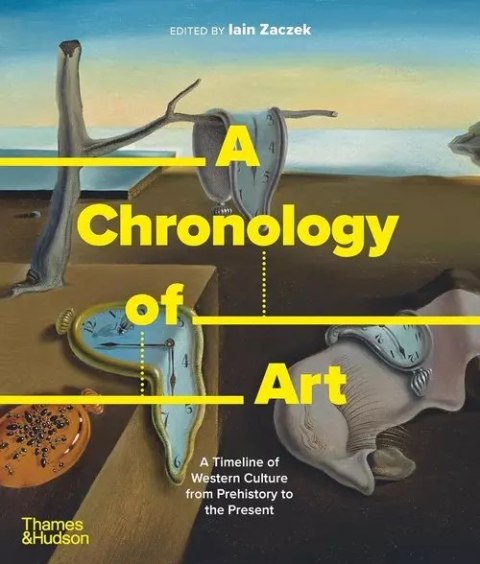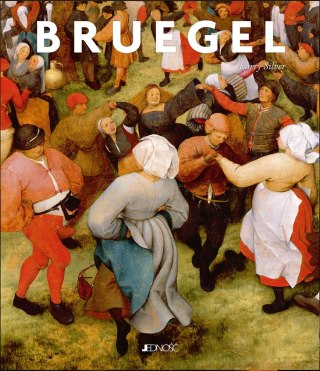Koszyk (0)
Koszyk jest pusty
Do bezpłatnej dostawy brakuje
-,--
Darmowa dostawa!
Suma
0,00 zł
Cena uwzględnia rabaty
🎉 Szybka wysyłka zabawek i ekspresowe e-booki – kupuj wygodnie na Alturio.pl! 🌼 Majowa promocja! Zyskaj 5% rabatu z kodem MAJ5 – tylko do końca maja! 🌼
- Szukaj
- Moje konto
- Ulubione
-
Koszyk
0
-
Koszyk (0)Koszyk jest pustyDo bezpłatnej dostawy brakuje -,--Darmowa dostawa!Realizuj zamówienieSuma 0,00 złCena uwzględnia rabaty
-



A Chronology of Art
Symbol:
Dostępność:
Mało
1
szt.
![]()
102.39
97.27
cena z kodem:
MAJ5
Zamówienie telefoniczne: 576019971 Zostaw telefon
Wysyłka w ciągu:
24 godziny
Cena przesyłki:
15.99
- Paczkomaty InPost 15.99
- Kurier 16.99
Kod kreskowy:
EAN:
9780500298176
Most surveys of the history of art come neatly packaged. They are divided up into historic periods, artistic schools and movements, and the careers of individual painters. They may make the subject appear more manageable, but they are oversimplifications. In reality, movements and careers overlapped and intertwined, reacting to events in the world around them.
A Chronology of Art places developments in the art world into sharp focus. By prioritizing a purely chronological approach and side-stepping the clichés of conventional, academic pigeonholes, it presents an entirely fresh perspective on the subject. The book is structured around a central timeline, which features lavish illustrations of artworks, together with commentaries and additional information about the social, political, and cultural events of the period. The text is divided into four historical sections, becoming more detailed as it nears the present. From 1800 onward, each spread covers a five-year span, which is far more comprehensive than other surveys of this kind. The chronological spreads are interwoven with lively "In Focus" features, highlighting social, stylistic, and technical developments.
Over 350 illustrations
Wydawnictwo:
Thames and Hudson
Autor:
Zaczek Iain
Rok wydania:
2024
Liczba stron:
288
Oprawa:
miękka
Format:
21.5 x 25.5 cm
Numer ISBN:
9780500298176
Data premiery:
2024-11-08
-
Polecane
-
Podobne produkty
72.21
87.08
73.79
129.41
83.90
![[{[item.product.name]}]]([{[item.product.photo.url]}] 75w)


















